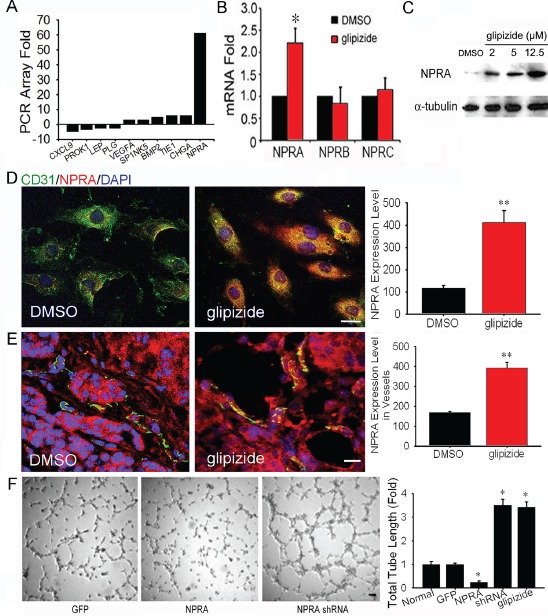Figure 6. Glipizide inhibits angiogenesis through induction of NPRA expression.

(A) qRT-PCR array of genes associated with angiogenesis revealed NPRA expression was up-regulated 61-fold in HUVEC cells following glipizide treatment. (B-D) qRT-PCR (B), western blotting (C) immunofluorescent staining (D) were performed to confirm the microarray results. (E) Immunofluorescent staining revealed CD31 (endothelial cell marker) and NPRA was strongly expressed in the blood vessels of the spontaneous formed tumor tissues of MMTV-PyMT mice. (F) HUVEC cells transfected with GFP plasmid, full length human NPRA cDNA or NPRA shRNA. The effects of NPRA overexpression and silencing on vascular tube formation were examined 24 h after electroporation. The full length NPRA cDNA or NPRA shRNA induced NPRA over-expression or silencing in HUVEC cells shows silencing NPRA significantly increased the ability of HUVEC cells to form tubular structures. Furthermore, the ability of NPRA silencing HUVEC cells to form tubular structures did not change after glipizide treatment. * p < 0.05, ** p < 0.01. Scale bars = 20 μm in D and E and 100 μm in F.
